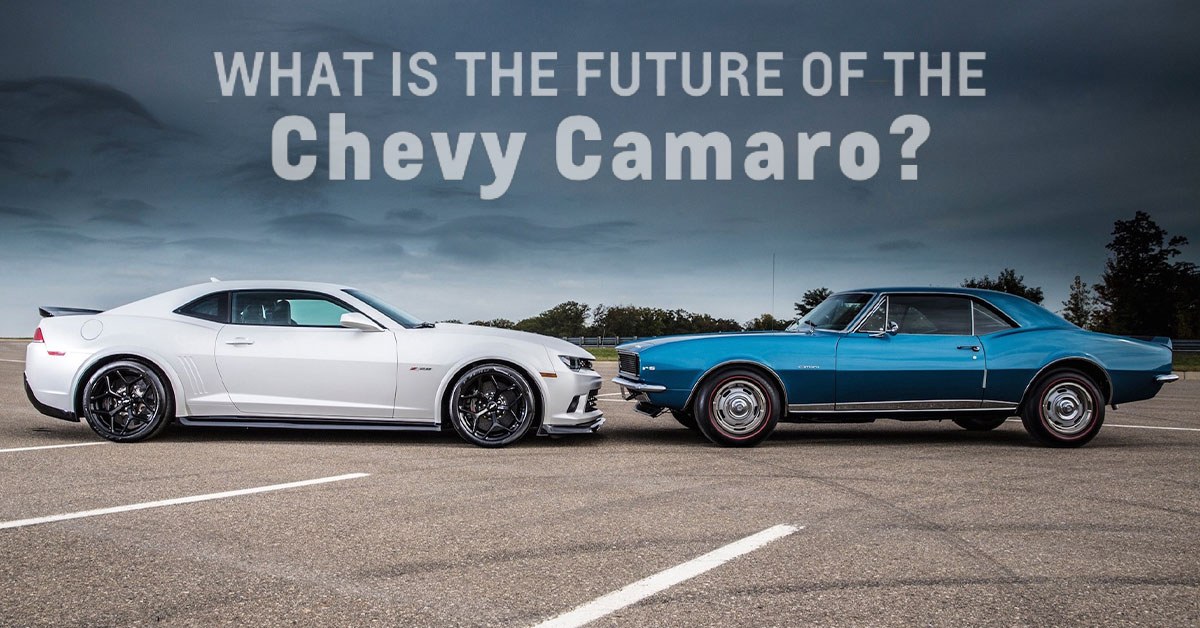Why GM Is Killing The Chevy Camaro After 57 Years

Since its debut in 1966 as a ’67 model, the Chevrolet Camaro has captured the hearts of countless enthusiasts. This iconic muscle car has become a cornerstone of the automotive community, representing the true spirit of American performance. Over the years, the Camaro has undergone various transformations, gaining a devoted fan base along the way but this time, that timeline is going to change in the biggest way yet.
A recent announcement from General Motors has sent shockwaves through the automotive world. The company has revealed that the Camaro will be discontinued, leaving many wondering why such a beloved and successful model would be removed from production. After all, it’s not that often that a publicly traded company puts one of its most well-known assets in the trash.
The answer likely lies in General Motors’ commitment to embrace electric vehicles. They have set a goal to become fully electric by 2035, which undoubtedly played a role in the decision to discontinue the Camaro. Speculation about the future of the model has been rampant, with some suggesting that it may reemerge as an electric vehicle or even as an SUV. Nevertheless, for the foreseeable future, the Camaro as we know it will cease to exist.
While this may be a source of amusement for fans of rival brands, it also signifies a potentially terrifying future for those who cherish high-performance vehicles powered by combustion engines. The Camaro’s departure marks a significant shift in the automotive landscape, one that raises questions about the fate of other beloved gasoline-powered models as well as joins the demise of models like the Challenger and Charger.
To gain a deeper understanding of the Camaro’s legacy and what lies ahead, CNBC provides a comprehensive overview in the video below. They delve into the last 57 years of the Camaro’s history, highlighting its cultural significance and impact on American society. Regardless of Camaro’s next chapter, it is undeniable that we are at a pivotal moment in automotive history.
Photo credit – Autotrader

